Three Traditional “Kafeneia” You Should Visit in Pilio
Whether you’re in northern, central or...
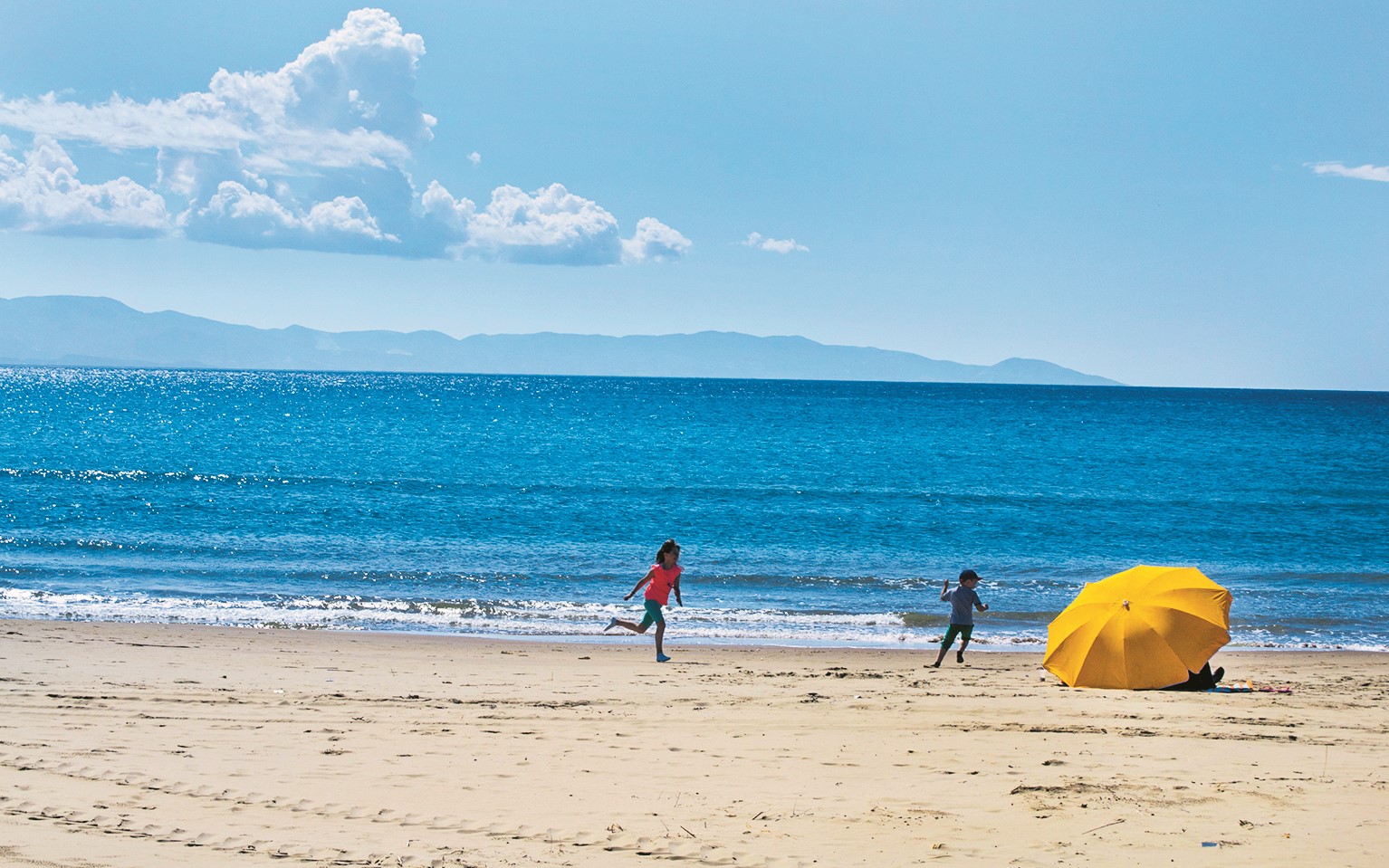
Kastro beach in Kyllini.
© Clairy Moustafellou
The regional unit of Ilia, or Elis, is a strange place; it’s full of treasures but doesn’t seem to get the respect and attention that other areas of Greece enjoy and, as a result, some of its ancient sites have been left almost abandoned.
It’s good to keep this in mind as you start getting acquainted with one of the most important, beautiful, and contradictory areas in Greece.
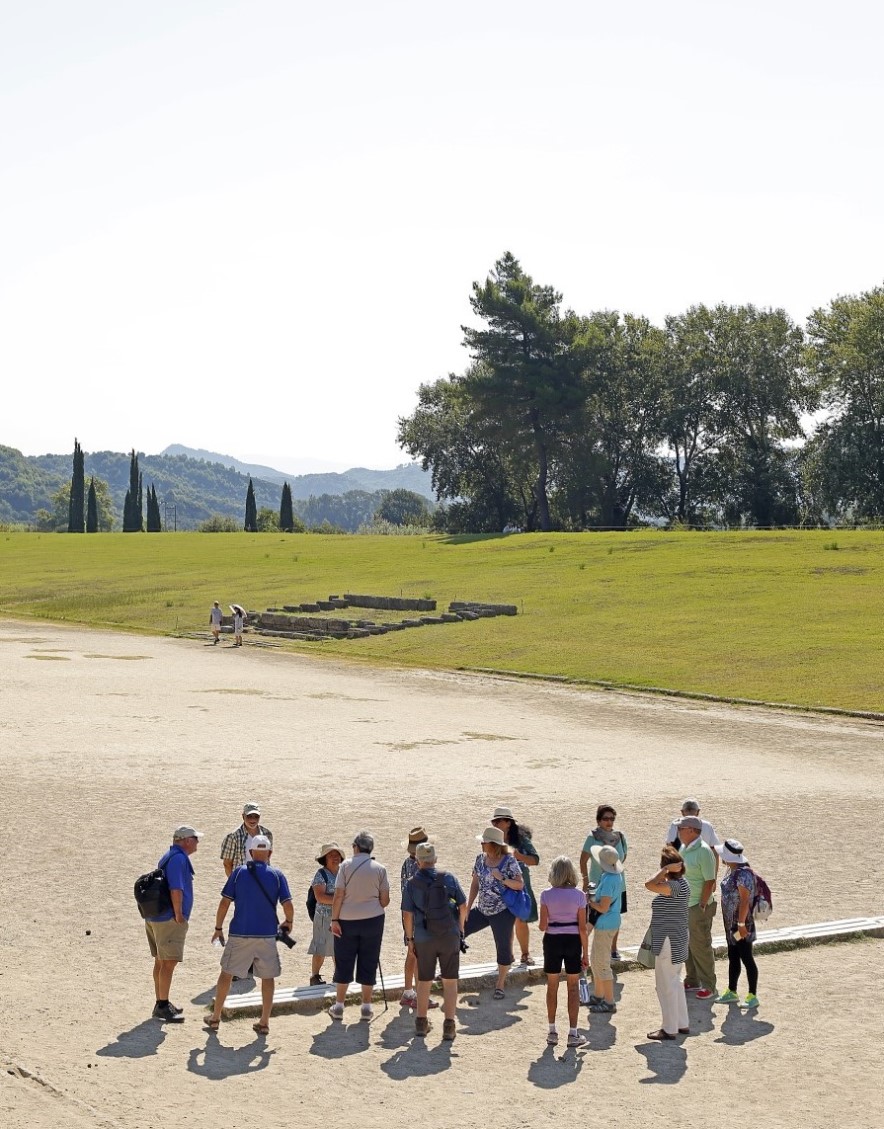
The stadium at Ancient Olympia.
© Nikos Kokkas
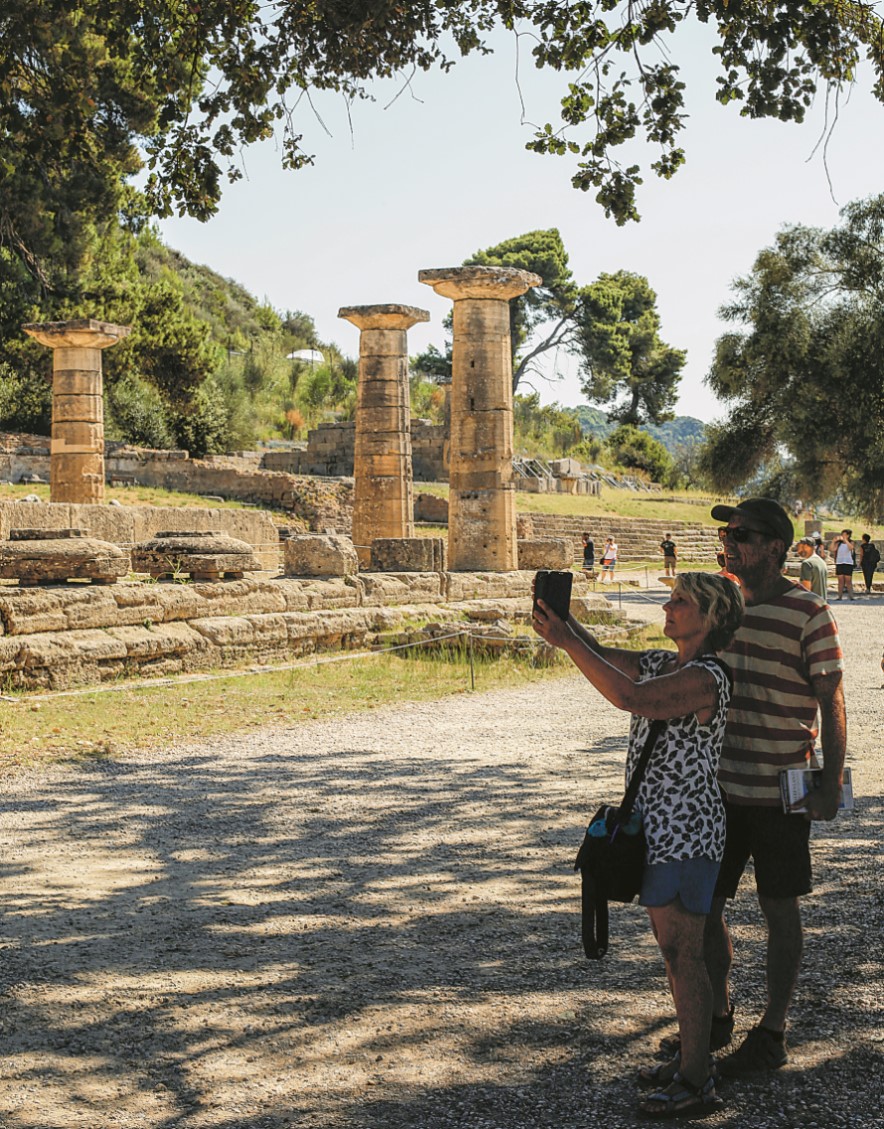
Ancient Olympia had 484.238 visitors in 2018.
© Nikos Kokkas
The most important site in Ilia is Ancient Olympia, the place in antiquity where the Olympic Games were held and, incidentally, also where the Olympic truce was invoked, which prohibited hostility during the Olympic Games.
Here lies the restored Philippeion, a memorial dedicated to Zeus and built by Philip II of Macedon to celebrate his victory at the Battle of Chaeronea (338 BC).
It is one of the most beautiful constructions from that period surviving today. The House of Nero, built for the Roman emperor’s visit to Olympia, where he took part and won distinction at the Games, and the Echo Stoa, where gilded statues of Egyptian king Ptolemy II and his wife Arsinoe, drawings of which have survived, once stood, testify to the wide popularity and cosmopolitan nature of Olympia.
It is still the case today: people from around the world travel to the western Peloponnese to admire the civilization and the ideas that sprang forth here millennia ago.
At the height of the tourist season, you’ll see people from around the globe here, walking through the site and appreciating the splendors of the past.
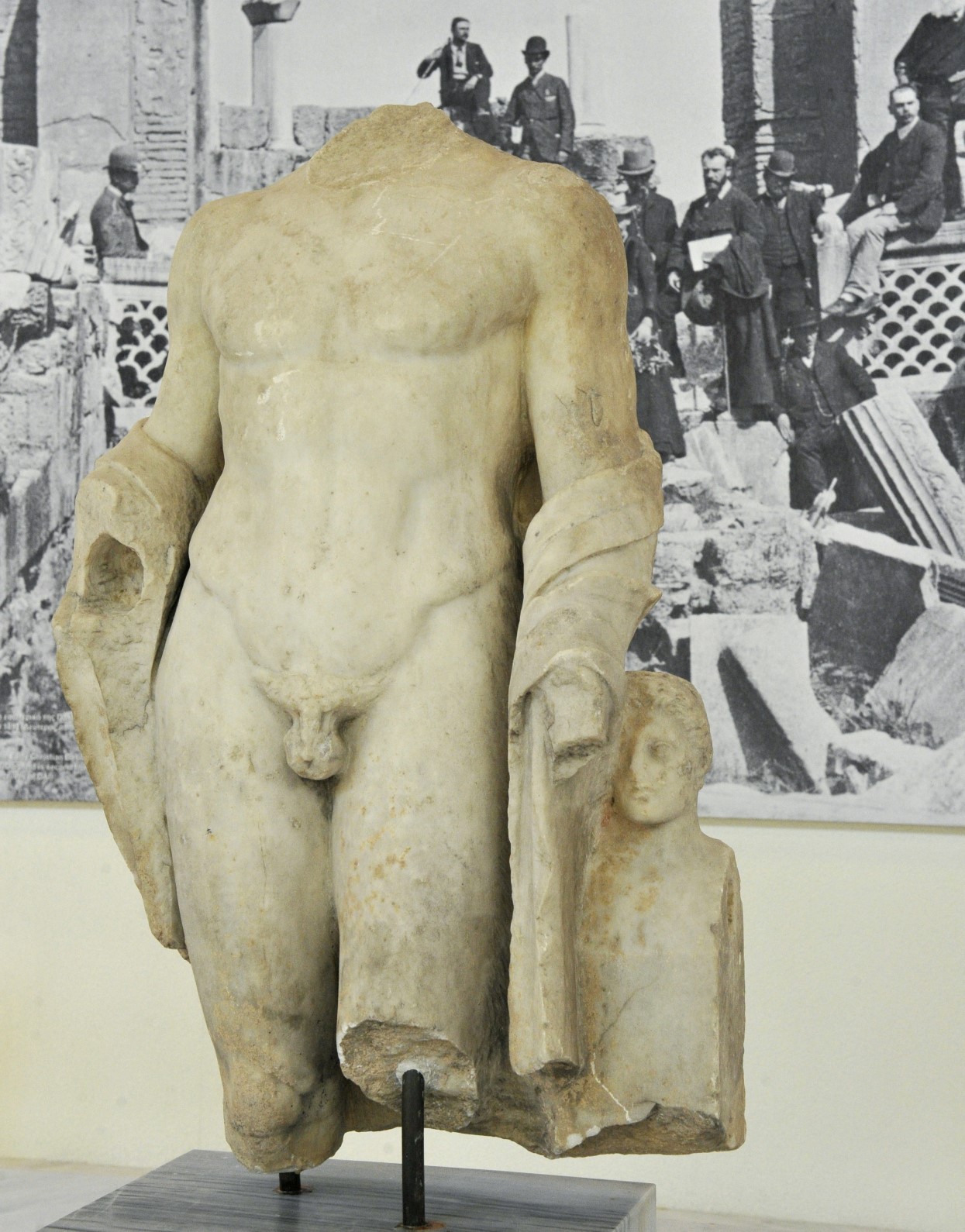
Statue at the Museum of the History of the Olympic Games of Antiquity
© Vangelis Zavos
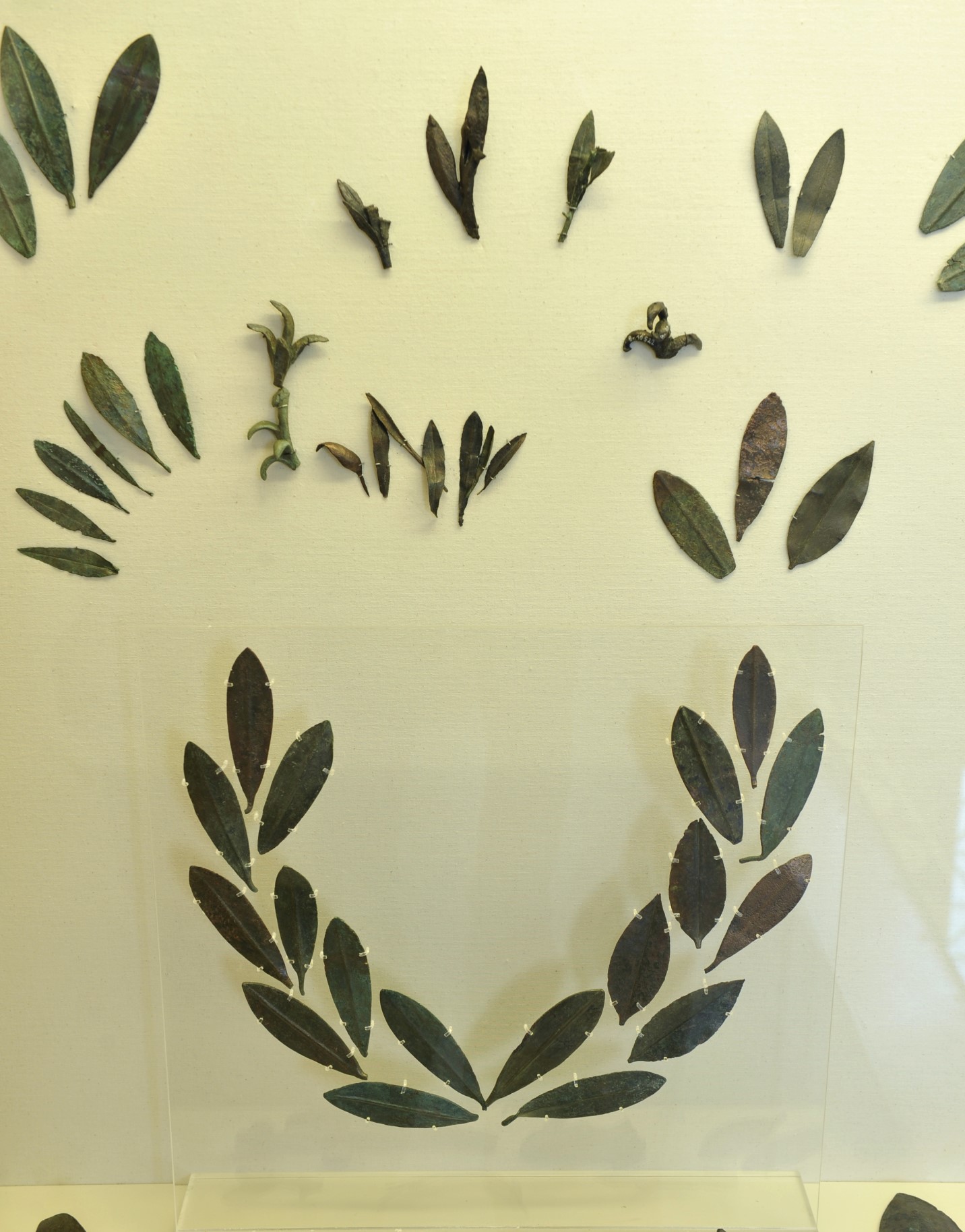
Kotinos (olive wreath).
© Vangelis Zavos
When visiting Olympia, remember to bring enough water, to print out a map of the monuments beforehand (you can find them on the internet) and to give yourself at least half a day for the archaeological site and the museums.
The Archaeological Museum of Olympia is where, aside from the Hermes of Praxiteles (a statue more than two meters tall of the messenger god holding baby Dionysus), you’ll see the stunning pediments of the Temple of Zeus.
They are truly jaw-dropping, especially the Western Pediment, which depicts a battle between Lapiths and Centaurs; the drunken Centaurs are attacking Lapith women while Apollo, god of the sun, tries to restore calm.
The Museum of the History of the Olympic Games of Antiquity traces the history of not just the renowned games which took place here for more than a thousand years, but of other ancient Greek athletic games as well.
Prior to your departure from the small village adjacent to the site of Ancient Olympia, a small touristic village filled with souvenir shops – you might want to visit the Archimedes Museum, which is dedicated to ancient technology.
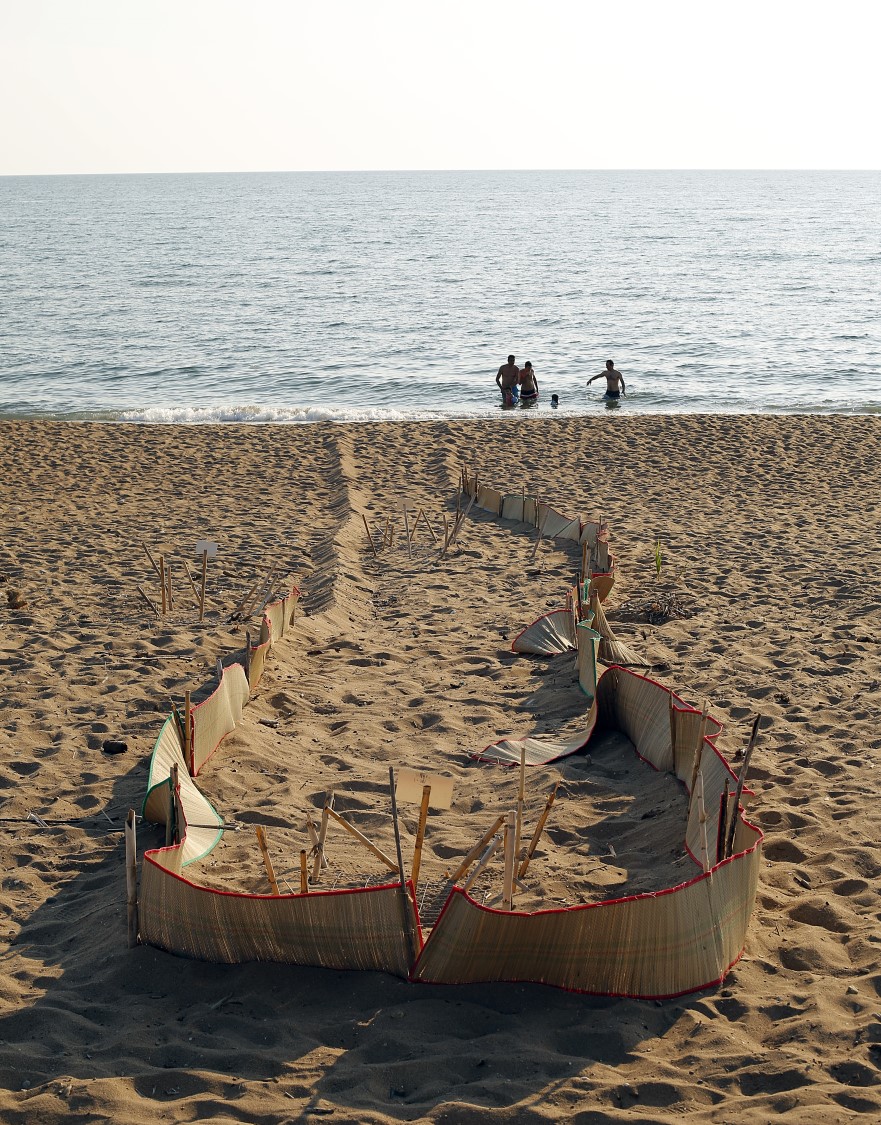
A shielded Caretta-caretta nest.
© Nikos Kokkas
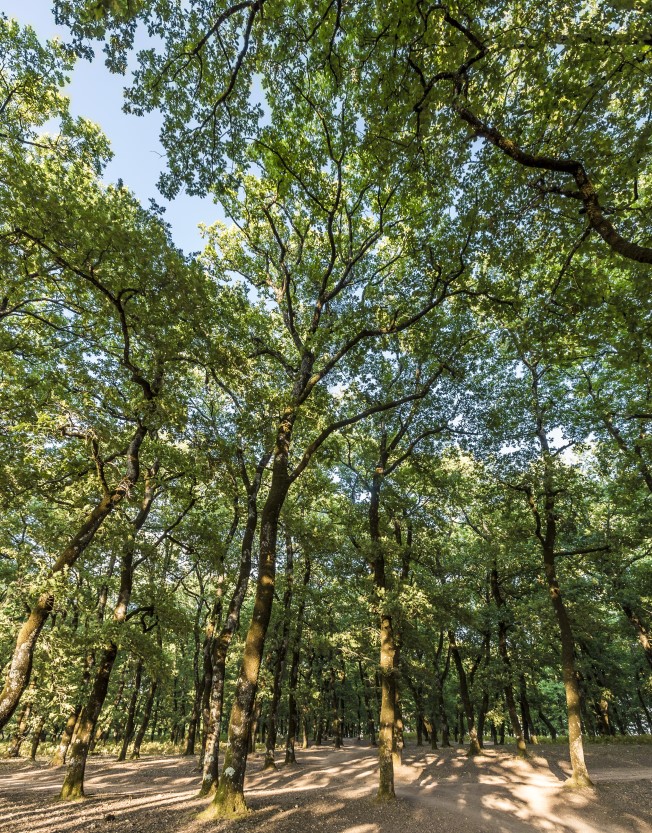
The mythical oak forest of Foloi.
© Dionysis Kouris
Aside from Ancient Olympia, there are a great number of attractions worth the detour in Ilia.
The coastline of the Gulf of Kyparissia, for example, forms a giant sandy beach.
It’s the main spawning ground of Caretta caretta, the loggerhead sea turtle, and is an ideal beach for families, with amazing sunsets and a few cool beach bars, like Casablanca at Zacharo.
Unfortunately, aside from the beauty in the Gulf of Kyparissia, you will also encounter Ilia’s “ugly side”, the endless series of unsightly country houses built right on the shore. Their sheer numbers show that, in Ilia, this is the rule rather than the exception.
The oak forest of Foloi is perhaps the second-most important nature attraction in the region.
It is located in the interior of the regional unit, close to the border with Arcadia-Achaea: The drive is truly worth the effort; you won’t regret making it.
It will lead you to the Centaurs’ mythical realm, a forest of incredibly tall oak trees not usually present in Greek landscapes.
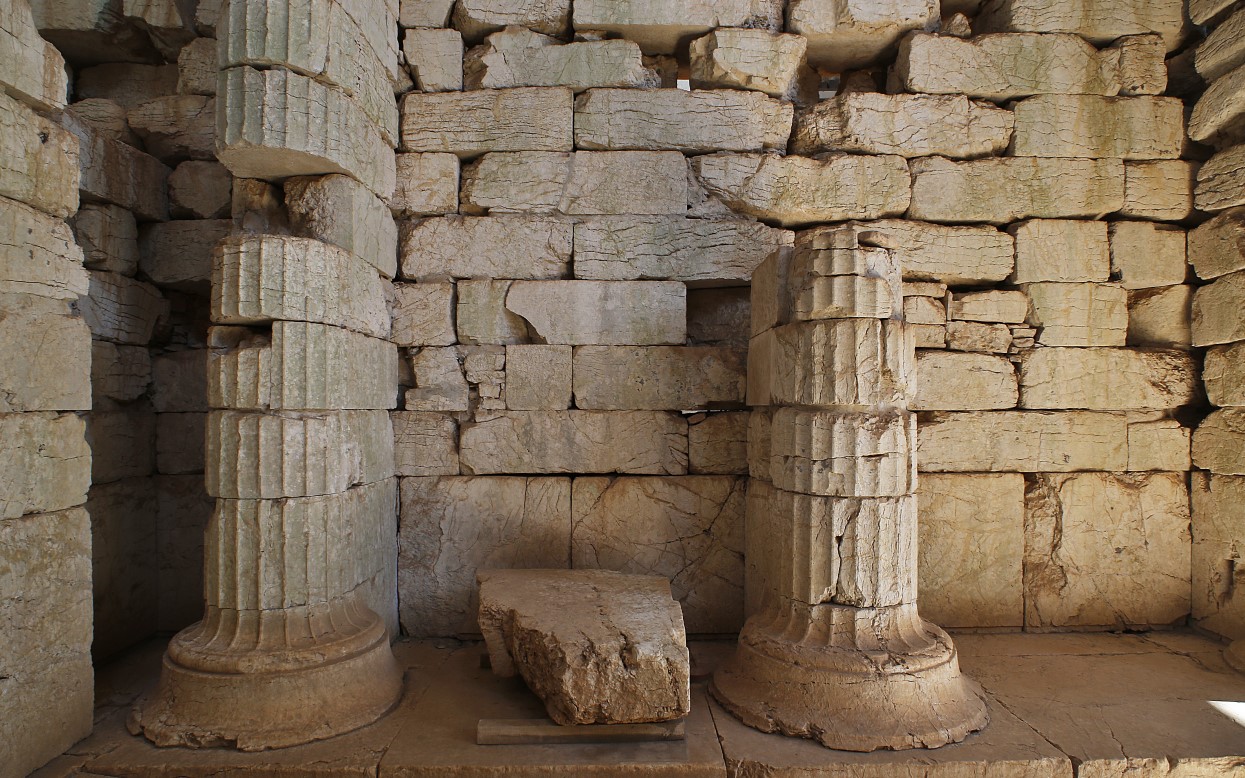
Columns belonging to The Temple of Apollo Epicurius.
© Nikos Kokkas
Continue your safari by heading down into the southern part of Ilia.
First, stop for a coffee in the hillside village of Andritsaina with its charming stone houses, then make your way towards the Temple of Apollo Epicurius at Bassae, the first Greek monument to be officially recognized by UNESCO in 1986.
Built between 420-400 BC by Iktinos, the temple incorporates architectural features of all three Greek architectural orders – Doric, Ionic, and Corinthian.
Even though it is deemed extremely important by the archaeological community, it seems that it doesn’t have the wider popularity it deserves.
According to official data from the Hellenic Statistical Authority, 484,238 people visited Ancient Olympia in 2018.
Of these, only 28,788 went on to visit the Temple of Apollo Epicurius, perhaps because it is far from the beaches and the beach bars, on top of a hill at an elevation of 1130 meters.
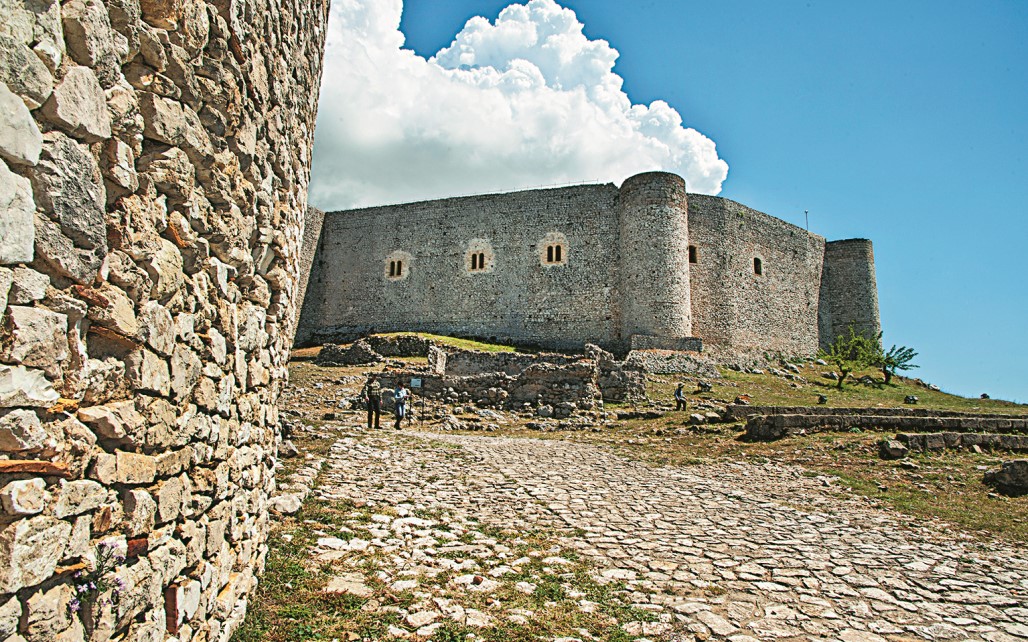
The Chlemoutsi Castle, the most important one in the Principality of Achaea.
© Clairy Moustafellou
The archaeological site of Ancient Elis in the northern part of Ilia is also worth a visit.
The city here was the organizational center for the Olympic Games; it has a peculiar theatre with an earthen audience section and a stage made of stone.
But the area didn’t only flourish during antiquity, as Chlemoutsi Castle proves.
The most important castle of the Principality of Achaea, a vassal state of the Latin Empire in the Late Middle Ages, it is a well-preserved Frankish fort built between 1220-1223 by Prince Geoffrey of Villehardouin.
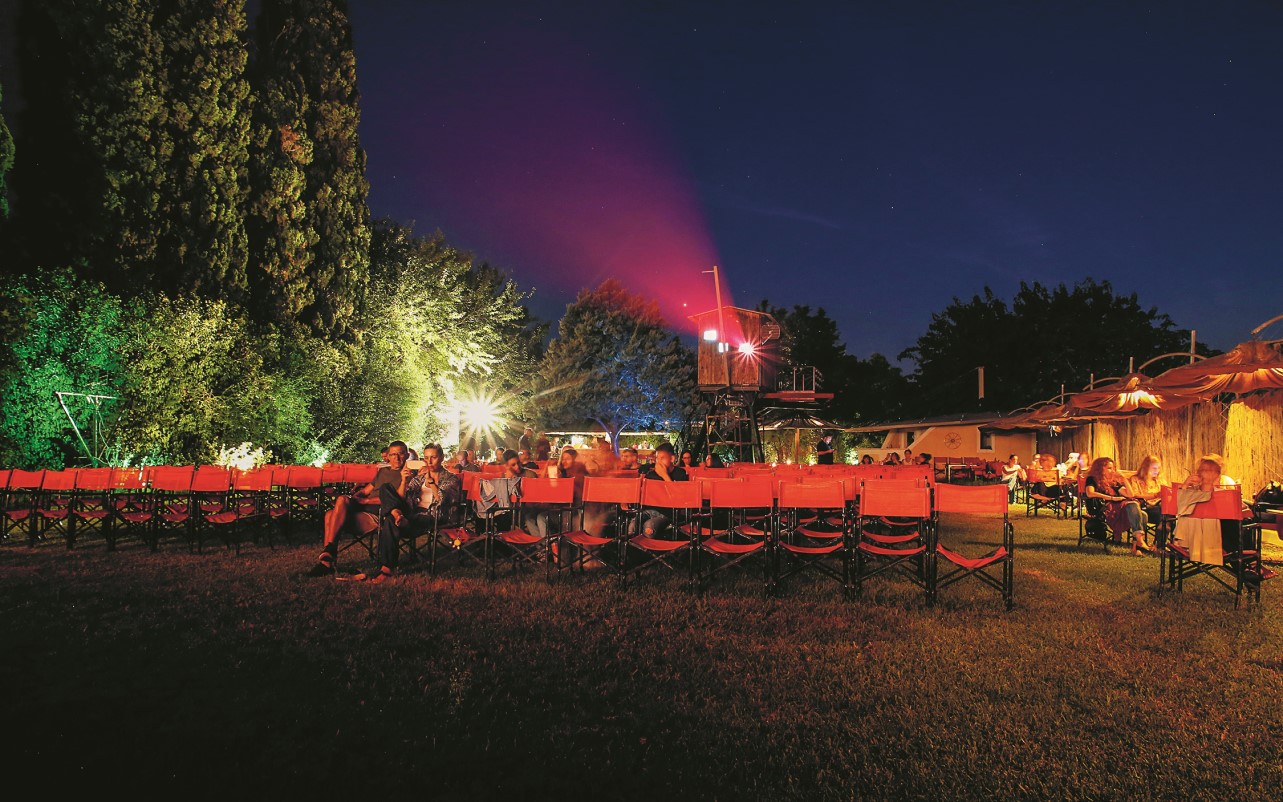
The Cine Rodon open-air movie theater.
© Nikos Kokkas
You could choose to end your trip with something a little more modern: a night at Cine Rodon, the open-air movie theater that has put the small village of Stafidokampos rather unexpectedly on the cultural map of the Peloponnese.
The movie theater has a particularly warm atmosphere, and credit is due both to those who run it and to the local patrons who support it.
Whether you’re in northern, central or...
A challenging summer ride across the...
Explore Ancient Messene, enjoy the local...
The Olympic elite, Hollywood’s finest, the...